The Symphony No. 10 in E minor, Op. 93, by Dmitri Shostakovich was premiered by the Leningrad Philharmonic Orchestra under Yevgeny Mravinsky on 17 December 1953. It is not clear when it was written. According to the composer, the symphony was composed between July and October 1953, but Tatiana Nikolayeva stated that it was completed in 1951. Sketches for some of the material date from 1946.
The Cello Concerto No. 2, Opus 126, was written by Dmitri Shostakovich in the spring of 1966 in the Crimea. Like the first concerto, it was written for Mstislav Rostropovich, who gave the premiere in Moscow under Yevgeny Svetlanov on 25 September 1966 at the composer's 60th birthday concert. Sometimes the concerto is listed as being in the key of G, but the score gives no such indication.
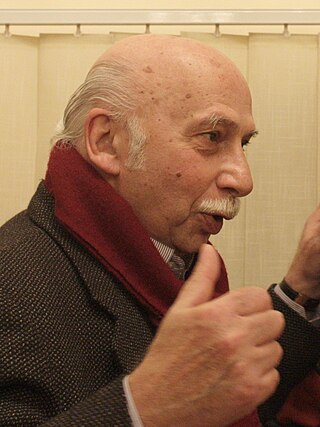
Gia Kancheli was a Georgian composer. He was born in Tbilisi, Georgia but resided in Belgium.
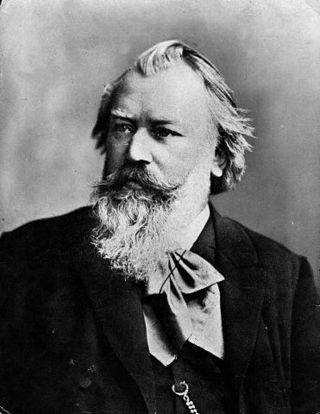
The Double Concerto in A minor, Op. 102, by Johannes Brahms is a concerto for violin, cello and orchestra. The orchestra consists of 2 flutes, 2 oboes, 2 clarinets, 2 bassoons, 4 horns, 2 trumpets, timpani and strings.

Harold en Italie,symphonie avec un alto principal, as the manuscript calls and describes it, is a four-movement orchestral work by Hector Berlioz, his Opus 16, H. 68, written in 1834. Throughout, the unusual viola part represents the titular protagonist, without casting the form as a concerto. The movements have these titles, alluding to a programme:

Yuri Abramovich Bashmet is a Russian conductor, violinist, and violist.

The Symphony No. 2 in E minor, Op. 27 by Russian composer Sergei Rachmaninoff was written from October 1906 to April 1907. The premiere was performed at the Mariinsky Theatre in Saint Petersburg on 26 January 1908, with the composer conducting. Its duration is approximately 60 minutes when performed uncut; cut performances can be as short as 35 minutes. The score is dedicated to Sergei Taneyev, a Russian composer, teacher, theorist, author, and pupil of Pyotr Ilyich Tchaikovsky. The piece remains one of the composer's most popular and best known compositions.
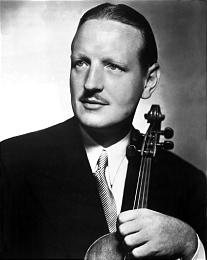
The Viola Concerto in A minor, Sz. 120, BB 128 was one of the last pieces written by Béla Bartók. He began composing his viola concerto while living in Saranac Lake, New York, in July 1945. The piece was commissioned by William Primrose, a respected violist who knew that Bartók could provide a challenging piece for him to perform. He said that Bartók should not "feel in any way proscribed by the apparent technical limitations of the instrument"; Bartók, though, was suffering from the terminal stages of leukemia when he began writing the viola concerto and left only sketches at the time of his death.
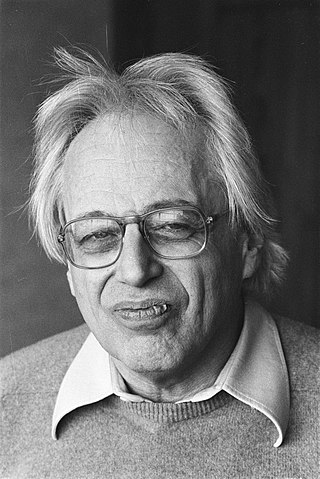
The Concerto for Violin and Orchestra by György Ligeti is a violin concerto written for and dedicated to the violinist Saschko Gawriloff. A performance of the work lasts about 28 minutes.
Benjamin Yusupov is a classical composer, conductor and pianist.
Alexander Mikhailovich Raskatov is a Russian composer.

The Symphony No. 4 by Peter Maxwell Davies was commissioned for the Scottish Chamber Orchestra by Christian Salvesen plc and composed in 1989. It is dedicated to the memory of the violinist John Tunnell, who had been leader of the orchestra, and was premiered at the Royal Albert Hall on a BBC Promenade Concert on 10 September 1989, with the composer conducting the Scottish Chamber Orchestra.

The Concerto Grosso No. 1 was the first of six concerti grossi by Soviet composer Alfred Schnittke. It was written in 1976–1977 at the request of Gidon Kremer and Tatiana Grindenko who were also the violin soloists at its premiere on 21 March 1977 in Leningrad together with Yuri Smirnov on keyboard instruments and the Leningrad Chamber Orchestra under Eri Klas. It is one of the best-known of Schnittke's polystylistic compositions and marked his break-through in the West.

Tout un monde lointain... is a concertante work for cello and orchestra composed by Henri Dutilleux between 1967 and 1970 for Mstislav Rostropovich. It is considered one of the most important 20th-century additions to the cello repertoire and several major cellists have recorded it. Despite the fact that the score does not state that it is a cello concerto, Tout un monde lointain... has always been considered as such.
L'arbre des songes is a violin concerto written by Henri Dutilleux between 1983 and 1985. It is dedicated to Isaac Stern.
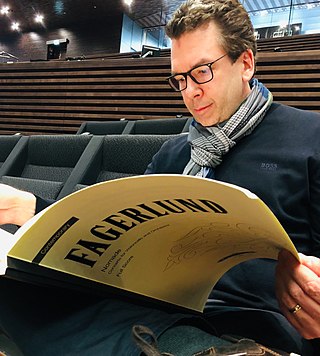
Sebastian Fagerlund is a Finnish composer. He is described as “a post-modern impressionist whose sound landscapes can be heard as ecstatic nature images which, however, are always inner images, landscapes of the mind”. Echoes of Western culture, Asian musical traditions, and heavy metal have all been detected in his music.

The Concerto no. 4 for Violin and Orchestra is a violin concerto by Soviet and German composer Alfred Schnittke. It was commissioned by the 34th Berlin Festival and written in 1984. Its first performance was given in Berlin on 11 September 1984 with dedicatee Gidon Kremer as soloist and the Berlin Philharmonic Orchestra conducted by Christoph von Dohnányi.
Symphony No. 6 by Russian composer Alfred Schnittke was composed in 1992. It was commissioned by cellist and conductor Mstislav Rostropovich and the National Symphony Orchestra of Washington, who together gave its first performance in Moscow on 25 September 1993.
Russian composer Alfred Schnittke's Symphony No. 7 was composed in 1993. It is dedicated to conductor Kurt Masur who gave its world premiere performance in New York with the New York Philharmonic Orchestra on 10 February 1994.
Russian composer Alfred Schnittke's Symphony No. 8 was composed in 1994. Its dedicatee Gennady Rozhdestvensky conducted the Royal Stockholm Philharmonic Orchestra in the symphony's premiere in Stockholm on 10 November 1994.












